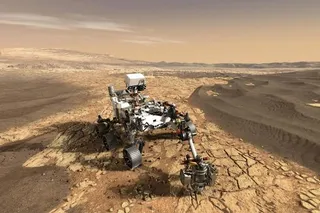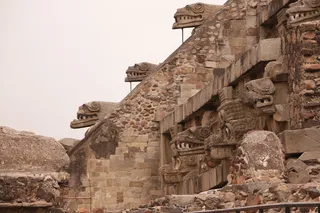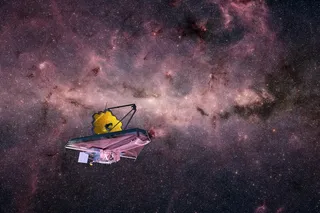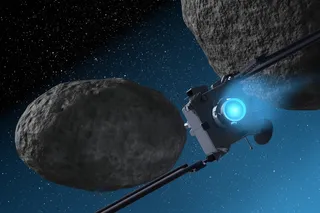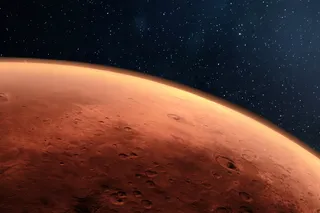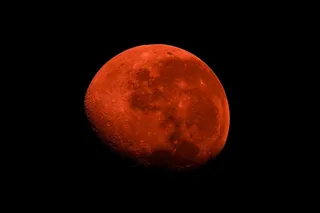We have already heard about the panel discussion on the Next Revolution in String Theory at Strings 2005 from Clifford and Jacques. Today, it made the New York Times. It shouldn't be a surprise that the NYT had a slightly different spin. The NYT paid some homage to the concept that by their nature revolutions can't be predicted. Progress in science occurs when scientists work on questions that puzzle them rather than when they try to guess which questions might have the biggest payoff. Most of the NYT article was devoted to The Vote. At the end of the session, a Vote was taken on whether the value of the cosmological constant is explained by the anthropic principle or by fundamental physics. Surprisingly emotional debates have been sparked by this issue. People either willingly embrace or really hate the anthropic concept. There is no in-between. In heated moments, the competing theories have even been compared to the difference between evolution and intelligent design. This subject has been tackled many times before, but this is my first blog. I thus subject you to my brief no-nonsense phenomenologist's description of these two trains of thought:
The Landscape: The anthropic paradigm arises from the realization that there are an extremely large, 10 to the 100-1000th power, possible vacua predicted by string theory. It is thus viewed natural that out of so many choices, at least one of these vacua spawns a universe with a cosmological constant with the extremely small value that we observe. This is known as the string theory Landscape. Interestingly, the Landscape picture has spawned a new version of Supersymmetry, called Split Supersymmetry, where some of the new particles in Supersymmetry are super-heavy and some are light. This has definite predictive signatures at the Large Hadron Collider which have been worked out by yours truly here.
The Fundamental route: Many believe that eventually all properties of the universe should ultimately be calculable from fundamental principles. This route asserts that fine-tunings of parameters are unnatural and the smallness of the cosmological constant will someday be explained. The absence of fine-tunings in nature also predicts that various classes of new physics should be discovered at the Large Hadron Collider. I've worked on this too.The Vote revealed that the distinguished panel members were evenly split between the two choices. However, the audience voted overwhelmingly for the path of fundamental physics. Wow! Sitting at Stanford, I never would have guessed. The Vote holds no meaning, of course, but the results are interesting nonetheless and undoubtedly will become part of the debate.


